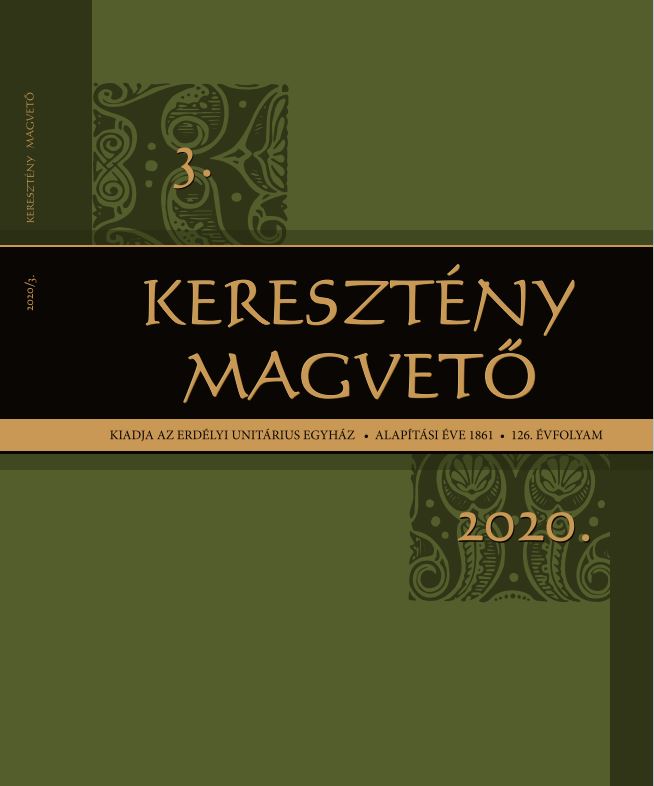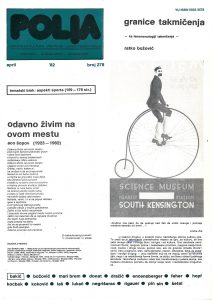
We kindly inform you that, as long as the subject affiliation of our 300.000+ articles is in progress, you might get unsufficient or no results on your third level or second level search. In this case, please broaden your search criteria.

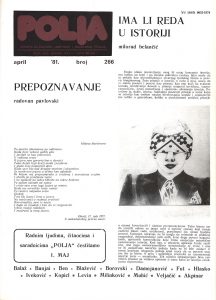

Nakon što je objavio nekoliko pažnje vrednih eseja i studija iz oblasti angloameričke književnosti, Atila Balaž se javio i svojim prvim romanom (Cuniculus, Novi Sad, 1979), koji po svom sadržaju predstavlja neku vrstu zečje istorije, a po formi mogao bi da bude svrstan u red tzv. jeans-proze (Aleksandar Flaker: Proza u trapericama, Zagreb 1976), koju su odnegovali Selindžer, Plencdorf, Aksjonov.
More...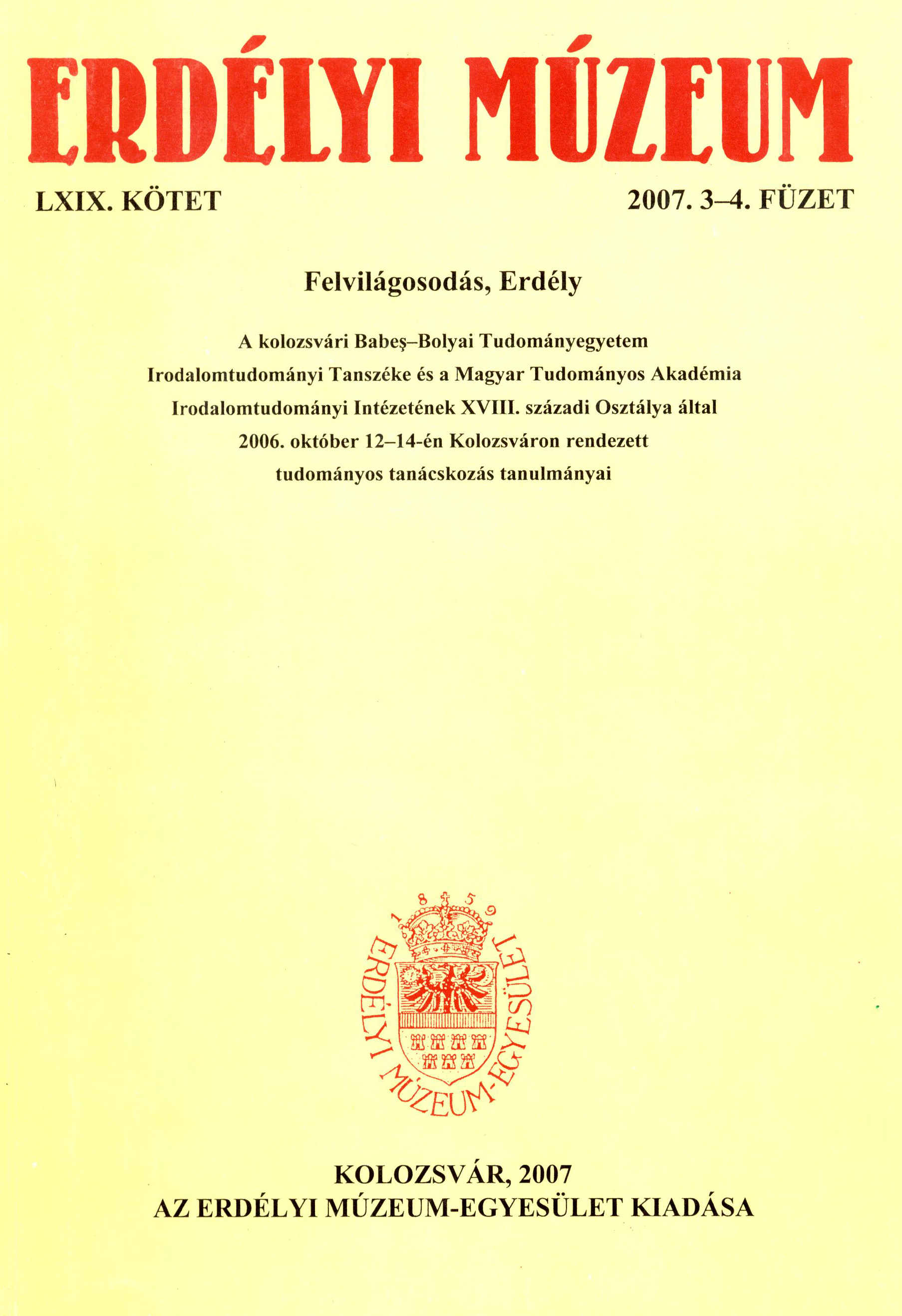
The first publication from1814 contains two extensive programme-like studies: Philosophiára vezető értekezések by András Szabó and Eredetiség ’s jutalomtétel by Gábor Döbrentei. There isn’t much correspondence between the texts: the first one is about the popular exposition of basic philosophical concepts and their emplacement in the history of philosophy; the second one discusses a theoretically supported concept of the Hungarian Literature. In my lecture I would like to call the audience’s attention to the fact, that both studies handle the same cultural concept: a dialogic-Socratic model of cultural transmission, initiated and popularized in the last three decades of the 18th century by German popularphilosophers (J. J. Engel, Chr. Garve, M. Mendelssohn). This concept treats the cultural development of mankind, influenced by the eternal lows, as a dialectical unity of tradition and renewal. In this respect philosophical systems as well as works of art may be considered stations of a cultural traditional line and no closed, distinct unities. According to this concept all products of the human intellect are the documents of an endless struggle for the highest ideas of mankind. This perception of culture differs from the classical-anorganical one as well as from the romantic-individualistic culture-theory, due to its anthropocentric-dynamic and collective orientation.
More...
The Arad County Library was established in 1913 and today bears the name of the historian A. D. Xenopol. From the point of view of research into the Enlightenment, its 18th century stock of books must be one of the richest contained in any public library set up in historic Greater Hungary. Despite the setbacks suffered by this library in the nearly one hundred years of its existence, (or paradoxically precisely due to these), several 18th century private collections of aristocrats have been preserved in it, which are of primary importance for Hungarian cultural history. The collections are not only there to be discovered almost in their entirety, but with thorough research they reveal their history, their journey from their place of origin up to the time they arrived in the Arad collection. In discovering the life and history of the private collections, several important 18th and 19th century Hungarian collectors step out of the mists of obscurity and continue to enrich the picture of a period in the history of Hungarian libraries, which from many viewpoints was less exposed up to now. I introduce the private collections of aristocrats to be found in Arad at present, following the field of interest, the way of thinking and spirit of their former founders in the context of the European Enlightenment. These libraries did not excel in the collection of books produced in the Hungarian Enlightenment, but the wealth of their stocks specializing in foreign books leads us to infer such a wide sphere of interest and up to date education, that it can most readily be compared with the characteristics of the relationship to books of the European social and culture elite.
More...
The study presents pamphlets against Adolf von Buccow in the library of Sámuel Teleki.
More...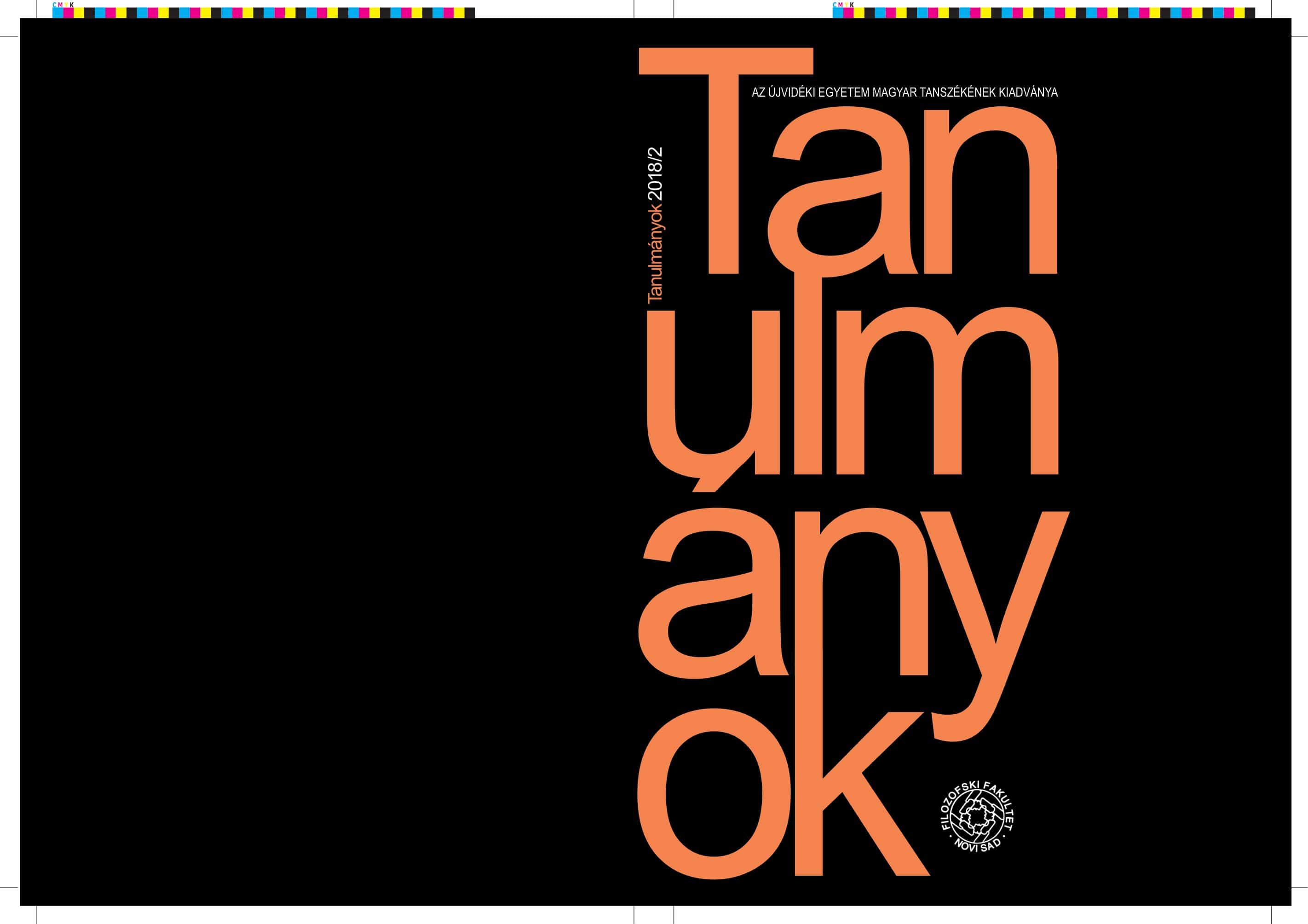
This paper decomposes Mihály Vörösmarty's 1829 short epic Széplak into the simple forms of case and memorabile defined by André Jolles. Through the theory of simple forms and the evocation of the creation story of the short epic, the paper shows that the complex form created by Vörösmarty interprets the simple forms of case and memorabile in a unique way, in conjunction with one another. In doing so, it brings about a clash of the real and realistic (Todorov) on one hand, and perception and communication (Luhman) on the other. Owing to all this, a multi-layered artistic form combining the epic and lyric is established that forms the events related to the ruin in Széplak into a tale, thus enabling the evocation of Vörösmarty’s personal past and the complex and contradictory emotions related to it.
More...
I analyse the Senki sehol soha [No one nowhere never] prose collection of Erzsébet Juhász – through relating it to the aspects of rurality – from the viewpoint of the philosophy of desire (following Sartre and Lévinas), thus turning transience into a central category of the volume. The desire prose of Juhász oscillates between the own and alien, worldly and otherworldly, present and past, and non-existence and existing elsewhere. The exploration of the sense of seclusion in the (rural, minority) existence is achieved through the poetic figure of a dead-end street, which, apart from the Erzsébet Juhász-style metaphor of existence, brings into the dialogue Aaron Blumm’s textual metaphor as well. On the other hand – apart from the parallels with Ottó Tolnai – the metaphor of the junk shop opens the door to the statement that the categories of never, nowhere, and nothing are the par excellence requisites of the verge of existence. I also deal with the concept of passing in the volume, its historical dimension (the denial of history in the country), as well as with other theoretical (Blanchot, Merleau-Ponty) and literary (Sylvia Plath, Samuel Beckett) relations of the hypersensitive prose of Erzsébet Juhász.
More...
With a paper dealing with the micro-historic examination of World War I, I want to examine the years of war and the subsequent years of captivity based on the experiences of Arthur Munk, a writer from Subotica, Serbia. About his experiences as a military doctor, we learn from his 1915–1916 book titled Napló [Diary], and about his time spent as an Russian prisoner of war we learn from his autobiography titled Köszönöm addig is... [Thank you in the meantime...] and his autobiographic novel A nagy káder [The Great Cadre]. This paper does not only address the difficult life situation during the World War and during his subsequent period spent as a prisoner of war, but it also addresses the delights rooted in them: his relationship built in captivity and the child born of that relationship whose development is chronicled by the so far unknown diary of Arthur Munk.
More...
Art Nouveau can be interpreted as a general, all-European movement of the late 19th century art rejuvenation, but also as a stylistic orientation. Artistic works created during their existence often are not homogeneous in their style, but show a specific mixture of the trends of the era. However, its typical features include decorativity and stylization. The paper illustrates the features of the Art Nouveau style by examining the texts of the short stories of Géza Csáth’s early pathway, The Magician’s Garden and and The Deputy Judge’s Family and Other Stories, and outlines the verbal and visual intermediality in literature. Géza Csáth’s use of Art Nouveau language is characterized by the use of decorative motifs, the use of sensual sensations with decorative motifs, in which the basic motifs of secessionist literature (flower, garden, death, seduction) also appear in his texts.
More...
In this study, I explore the intermediate spaces of Péter Nádas's work Világló részletek and more specifically, I try to explore the direction of consciousness movement of the first-person narrator. In the first part of the study, I attempt to grasp how the narrator crosses the border of the immediate perceptual consciousness of the present, how he finds the memories of the past and how he can objectively observe and record his own inner journey. The second part of the study also poses the question how the narrator transcends his own subjective experiences, and how he reaches world experiences that are not part of his direct cognition. So in the second part, I want to track how the narrator, without using the tools of fiction and imagination, comes to common stories, how he transcends the intermediate space that the cognitive mind inevitably perceives between the world of me and you, myself and the other.
More...
In our study we examine how the culture and civilization interpretation of Oswald Spengler influenced the thought of two significant Hungarian authors, Sándor Márai and Imre Kertész. We first present to what extent the Spengler-effect is detectible in the works of Márai written in various periods. Where does Márai agree with Spengler and where does he argue with him? After this we discuss the conclusions in the conservatism of Imre Kertész that may be paralleled with the interpretation explained by Spengler in The Decline of the West. Finally, we write about the similarities and differences between the civilization interpretation of Márai and Kertész.
More...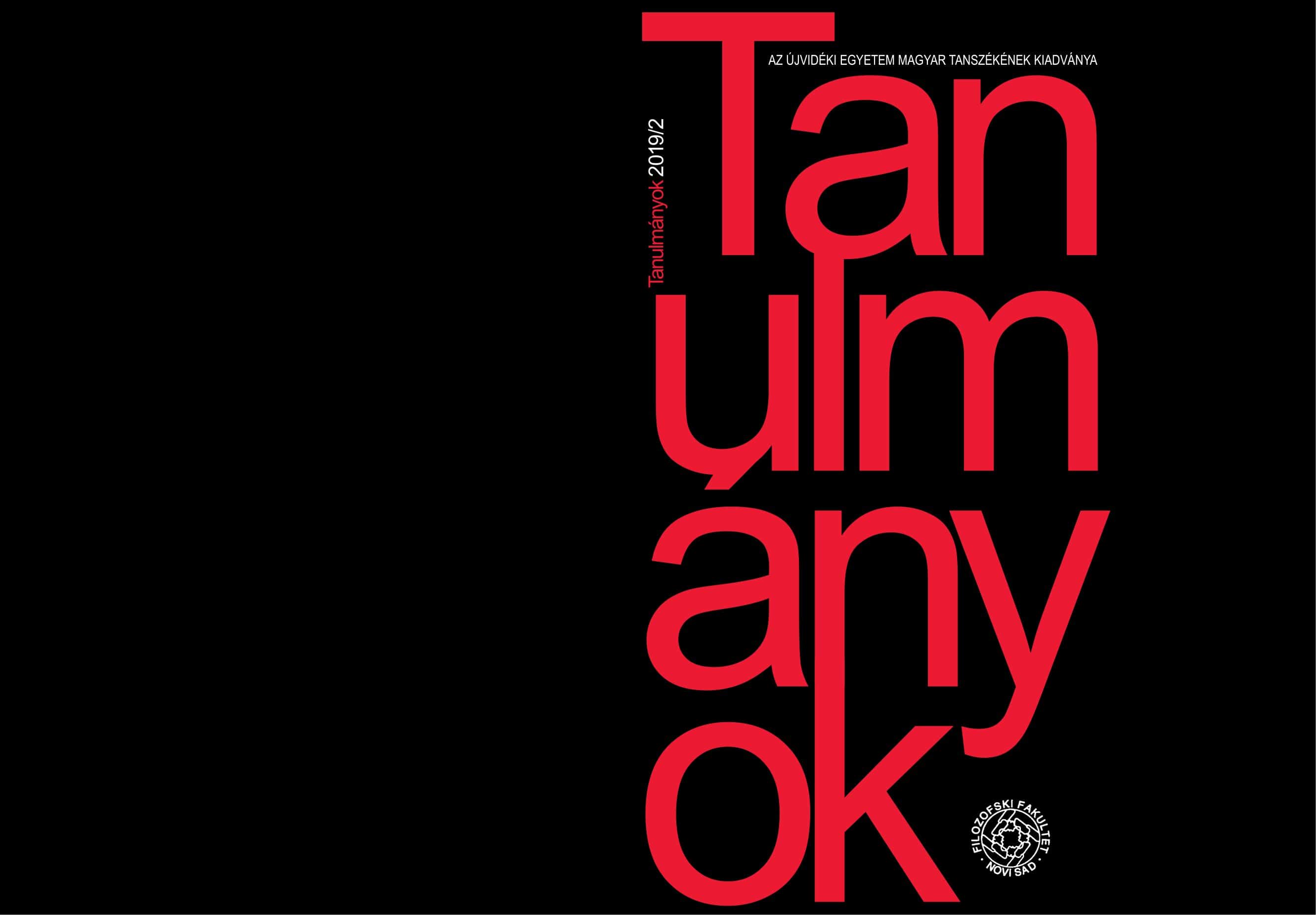
The study deals with a section of the text from Bánk bán in Ádám Nádasdy’s new translation. Nádasdy’s translation is a significant philological achievement, an important part of the publication of Bánk bán, whose solutions inspire the interpretation of the text. This study compares the text of the drama with parallel passages of József Katona’s poems, primarily to interpret common mythological references. The Tantalus myth is associated with Bank, Ottó with Endymion, both of whom together are connected to Melinda, who, in an insane speech and taking the Moon alter-ego, wants to be reborn as a spouse. The mythic sequence can lead to the interpretation of philosophical layers of meaning in the work.
More...
First and foremost, the thesis examines how the traumatic events of the 1990's are presented through identity issues, cultural codes (mythological, biblical, archetypal) and regional characteristics in Zoltán Danyi's The Carcass Remover and Attila Sirbik's St. Euphemia. The thesis attempts to interpret the complexity of the narration and the narrators' identity according to the trauma theory. The biblical and the mythological traditions are emphasized in the novels' plots, bringing the story of the Balkan Wars into a collective narratology. In Europe, the 20th century began with the First World War and ended with the Balkan Wars. Looking back from the 21st century, the mythological parallel of this "closing act" is self-evident.
More...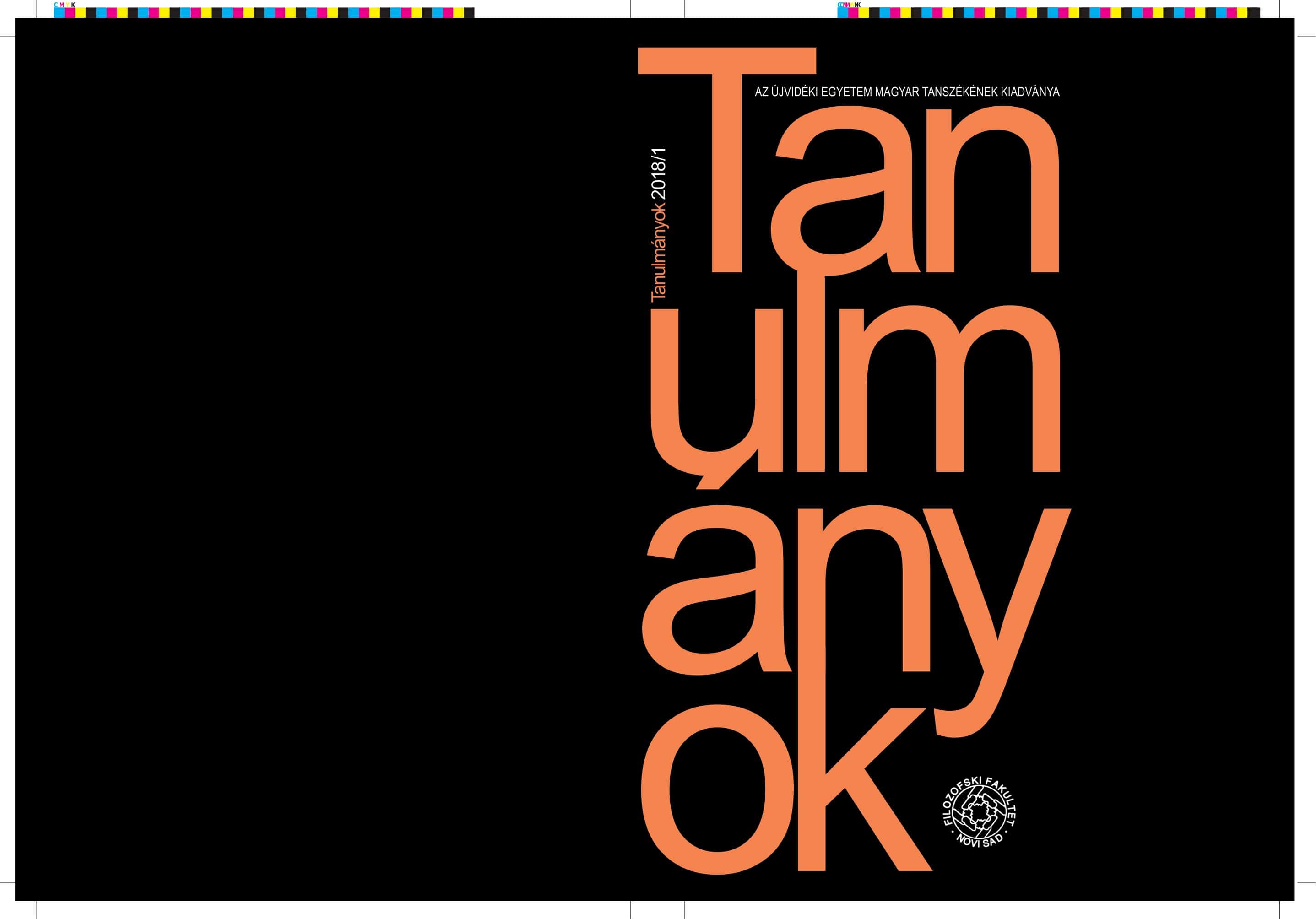
The article deals with Hungarian (youth) periodicals from Bácskossuthfalva/Stara Moravica in the period between 1945 and 1992, for literature and journalism, which gave a platform for culture and art, but were distributed only locally. Following a brief outline of the history of local press, I describe two outlets, the Vándorbot and the Echo. The focus is primarily on how these periodicals were established, which were their editing policies, and under which circumstances they had seized to exist, moreover why the publishing process itself came to an end. One of the further aims is to place them in the flows of cultural policies, cultural-, art- and press history, moreover positioning the given periodical in the context of coproduction networks and art worlds of Hungarians in Yugoslavia. It is also important to map out those individual and collective agents, who founded and contributed to these periodicals during their brief time of appearance.Keywords: Moravica, Stara Moravica, Bácskossuthfalva, Vandorbot, Echo, press
More...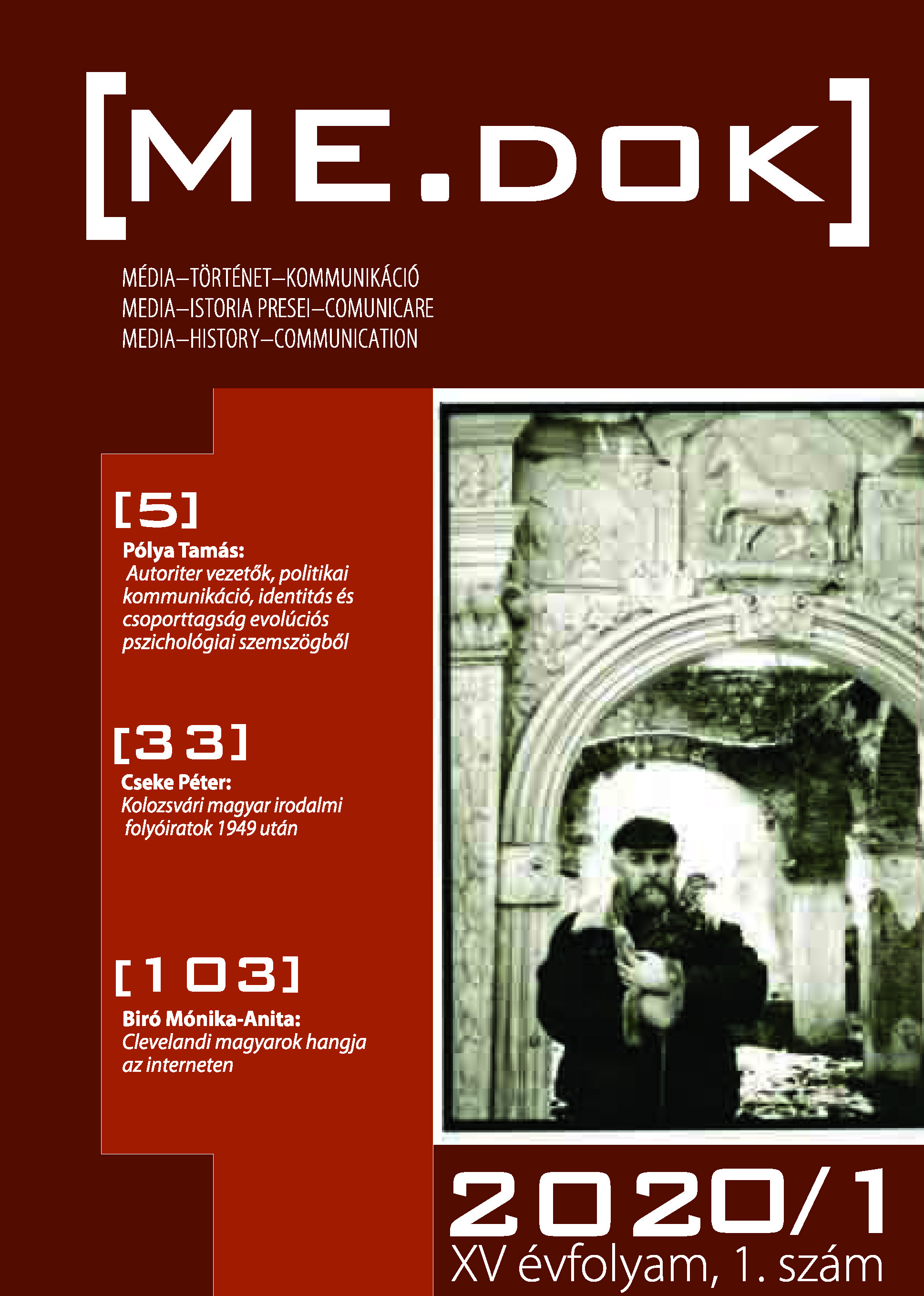
After returning from the Western front, the writer Jenő Szentimrei declared at April 15th, 1945 that he wishes to launch aforum for avant-garde literature. Due to his initiative the Union of Hungarian Writers in Romania was founded with the agendaof publishing a literary review entitled Hungarian Torch. Before its launching, Gaál Gábor, the legendary editor of the interwarreview Korunk arrived home from a prisoner camp to present the program of another newly founded literary review Utunk,(appeared on the 22nd of June, 1946). The essay presents the literary phenomena of the artistic-cultural life of Cluj in the year1949 focusing on the role of diff erent literary magazines.
More...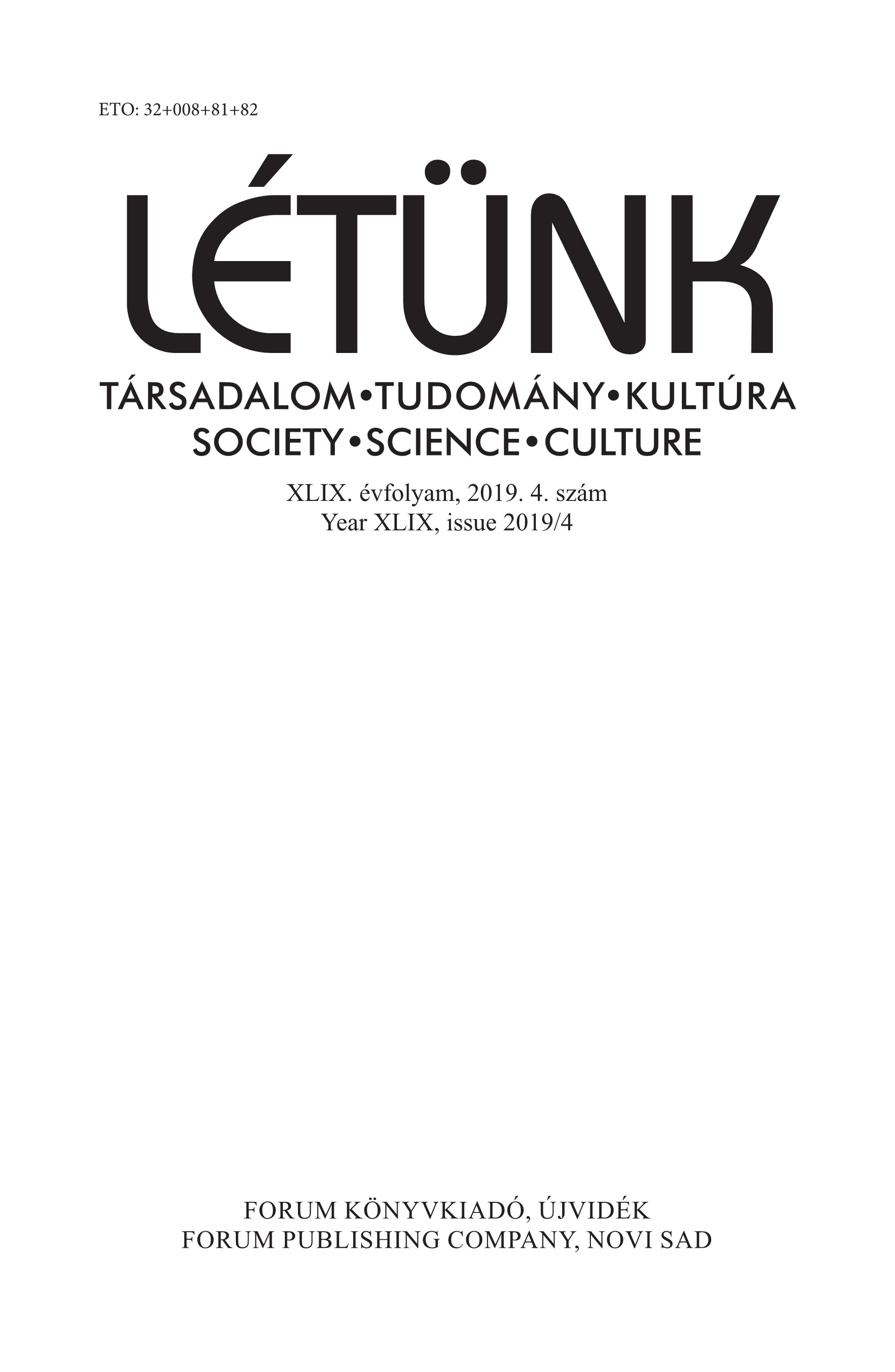
The aim of this study is to present Hungarian anthems during more than 1,000-year-old written history of Hungarians, without literary and historical intentions. Our royal and religious anthems appeared after the years of the conquest, and these anthems glorify the most prominent male and female representatives of the Árpád House in Latin. The kings of the later royal houses were not glorified with anthems, even if they were as significant as Lajos Anjou Nagy, or Matthias Corvin. With the advent of the Reformation, the Hungarian people used three anthems. The Catholic Hungarians, Our Lady is our Mother, the Lutheran Hungarians, the Psalm XLVI, God is our refuge and strength, and Calvinist Hungarians, XC Psalm, Lord, thou hast been our dwelling place in all generations. All three anthems are folk anthems, but also religious anthems. With the displacement of the Turkish Empire from the territories of the historical Hungary, the Hungarian people became under the influence of the Habsburg House. Francis II Rákóczi succeeded mobilizing a significant part of the country’s population, regardless of religious affiliation, in a war of freedom. The War of Independence failed. The Hungarian people sad songs were singing, and under these circumstances the Rákóczi’s song was born. The Rákóczi song is also one of the folk anthems. In the Habsburg Empire, between 1826 and 1918, the Imperial Anthem / Kaiserhymne was official. So in Hungary too, however, the Hungarian-speaking population of the country has ignored this anthem. Until the birth of the Kölcsey-Erkel Hymn, the Hungarian nation had no unified anthem. The Hungarian people took this anthem for 200 years, but the Hungarian legislation made this anthem again valid by new constitution on January 1, 2012.
More...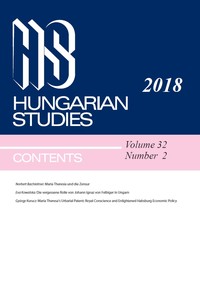
Das Sprechen über den Holocaust treibt die Ausdrucksfähigkeit der Sprache an die Grenze zum Unsagbaren. Mit Primo Levis Ist das ein Mensch? Ein autobiographischer Bericht und Imre Kertész’ Roman eines Schicksallosen sollen zwei unterschiedliche Modelle des Sprechens über den Genozid, der Zeugenschaft und der Kritik gegenübergestellt werden. Während Levis Kritik explizit moralisch begründet ist, i. e. sich an der binären Leitdifferenz von „gut“ und „böse“ orientiert, basiert diejenige von Kertész auf den für eine Kritik am Holocaust inadäquaten Kriterien von Effizienz, Ästhetik sowie Lustökonomie. Zum einen soll dargelegt werden, dass Kertész trotz der verstörenden Abwehr moralischer Wertungen auf der Inhaltsebene des Romans jene klandestin auf der erzählperspektivischen und performativen durchaus zur Geltung bringt. Obzwar sich gravierende Unterschiede zwischen Levis Ist das ein Mensch? und Kertész’ Roman eines Schicksallosen ergeben, gilt es zum anderen zu rekonstruieren, dass beide literarische Konzepte der Zeugenschaft und der Kritik unzureichend und unvollständig bleiben müssen. Der Holocaust suspendiert nicht nur die Souveränität der Sprache, sondern zeugt auch von der Aporie der Zeugenschaft und der Kritik.
More...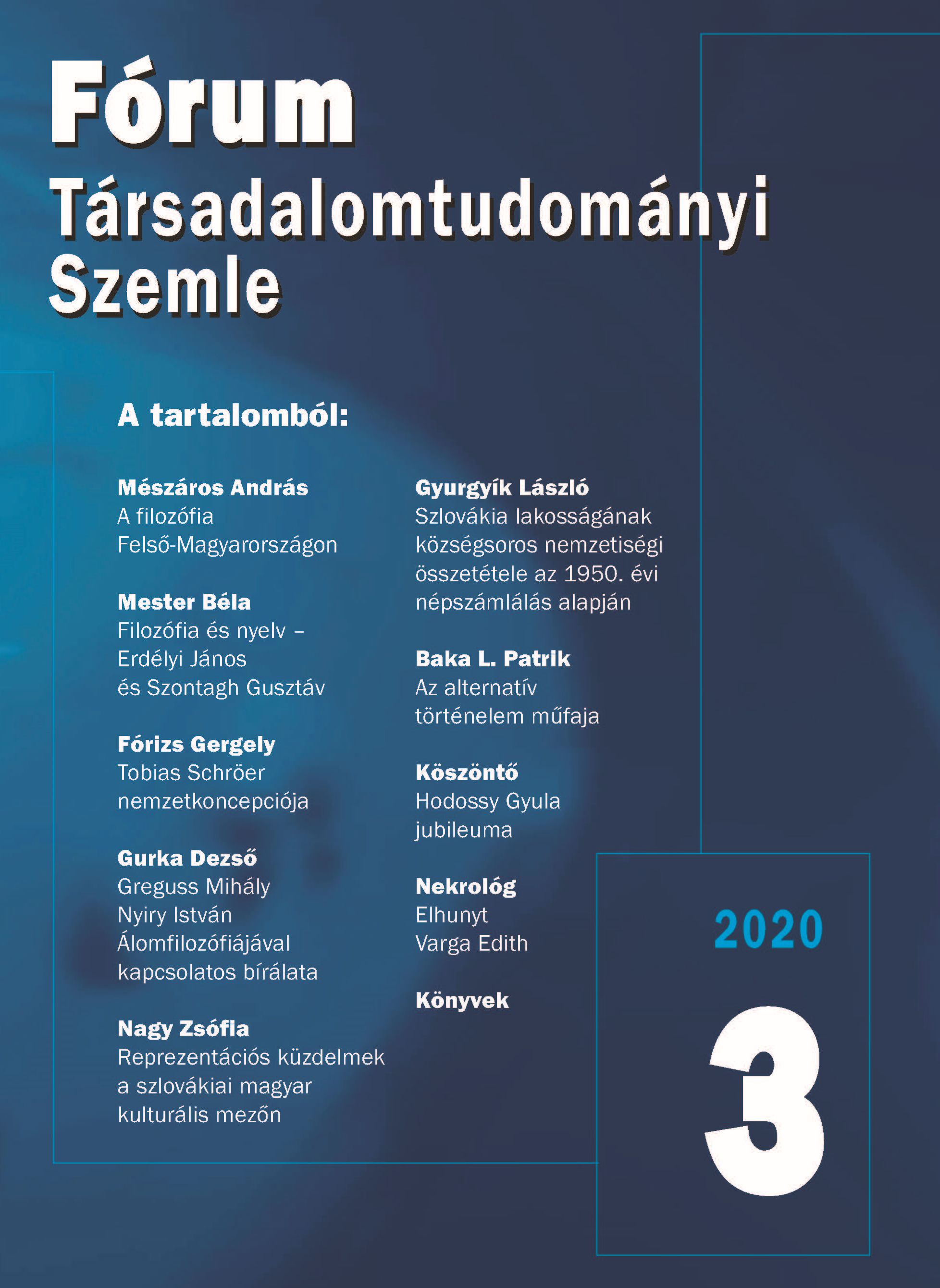
One of the main features of the language of literary historical notes and outlooks exploring philological tools is, among others, their reader-friendly nature. Mohai has as much personal to say about the works of fiction examined as about their author.
More...